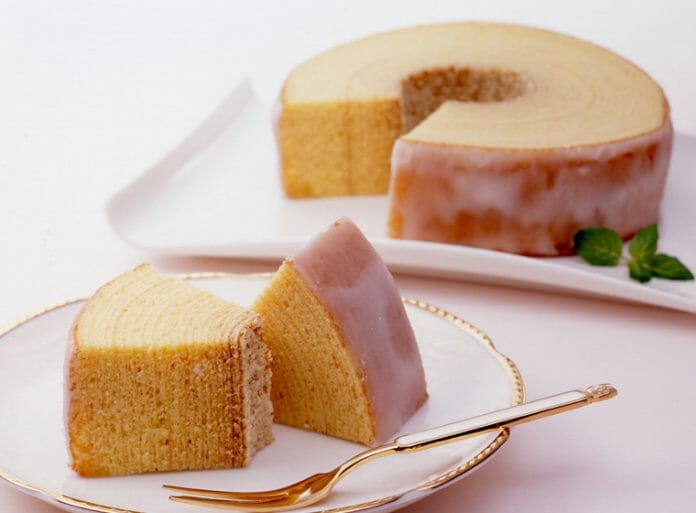A German pastry chef brought baumkuchen to Japan a hundred years ago. The Japanese still love it today – just as they do Christmas stollen from Dresden.
“Baumkuchen is one of the most popular cakes in Japan”, says Hideo Kawamoto, President of the Japanese pastry manufacturer Juchheim, and serves a piece fresh from the oven to a guest in a café on Tokyo’s elegant Omotesando promenade. He is referring to German pyramid cake. It was baked according to the original recipe of the German master confectioner Karl Joseph Wilhelm Juchheim, namesake of Kawamoto’s company. It was Juchheim, a son of Kaub am Rhein, who brought baumkuchen to Japan – in adventurous circumstances.
At the beginning of the 20th century, Juchheim lived with his wife Elise in Qingdao, China, then a German colony. The couple ran a pastry shop there. During the First World War, the Japanese occupied the area. Juchheim was captured as a prisoner of war and taken to Japan; his wife then initially lived alone in occupied Qingdao. Along with other Germans, her husband was interned in a camp on an island in the bay of the Japanese city of Hiroshima. There Juchheim was allowed to bake. For a show of German craftsmanship in an exhibition hall, today’s Atomic Bomb Dome, he baked a baumkuchen. A pastry previously unknown in Japan.
After the war, the Juchheims settled in Japan and opened their first pastry shop in Yokohama. Today, 100 years later, the German baumkuchen that they made famous has become a Japanese classic. “Karl Juchheim wanted to give us Japanese something that would make us happy,” says Kawamoto. Baumkuchen still enjoys this auspicious image in Japan today. Whether at weddings, as a gift for business partners, as a snack in-between or as a souvenir, both baumkuchen and the name Juchheim are known to every Japanese. The Kobe-based group is a well-known brand, has around 270 shops, and employs around 520 people.
Christmas stollen are similarly popular in Japan
Of German pastries, only Dresden Christmas stollen is as popular as baumkuchen in Japan. It, however, is imported. Because only around 125 confectioners and bakers from Dresden and its environs area are allowed to produce it. The Trade Protection Society Dresden Stollen watches over this. And a detailed statute regulates which ingredients may be used in which proportions. In the 14th century, stollen was a pastry made for fasting; it consisted of only water, oil, yeast and flour. Only later were other ingredients added, today including at all events butter, lemon peel, orange peel, almonds and sultanas.
In 2000, around one million Christmas stollens from Dresden were sold; last year it was already four million. Around 25 per cent are exported, the majority to Japan, Europe and the USA. The Dresden companies are glad about the increased demand, but quantity isn’t the decisive thing for them. Quality is still right up front. Traditionally, the first stollens go on sale after Reformation Day.
(article attributed: deutschland.de)









